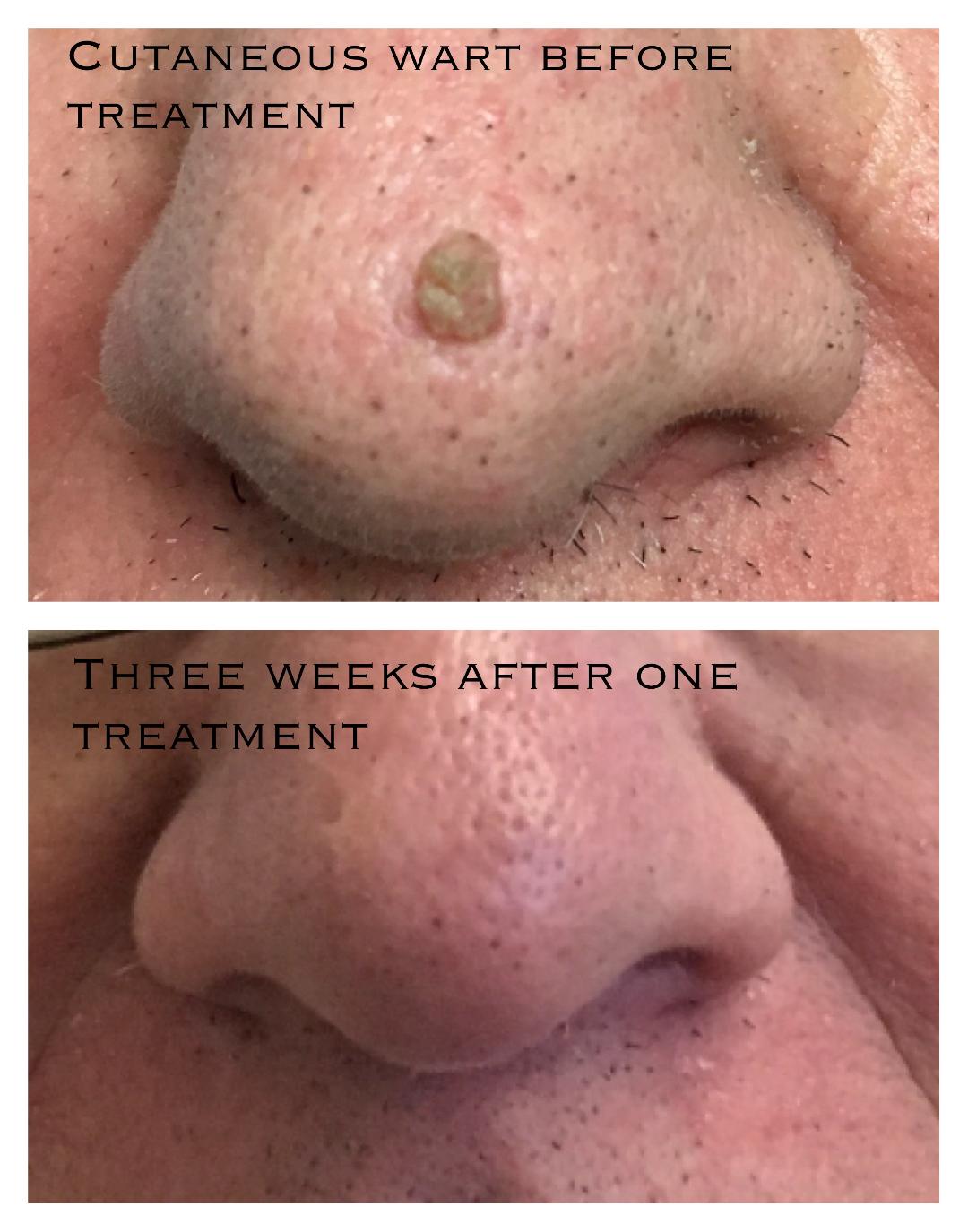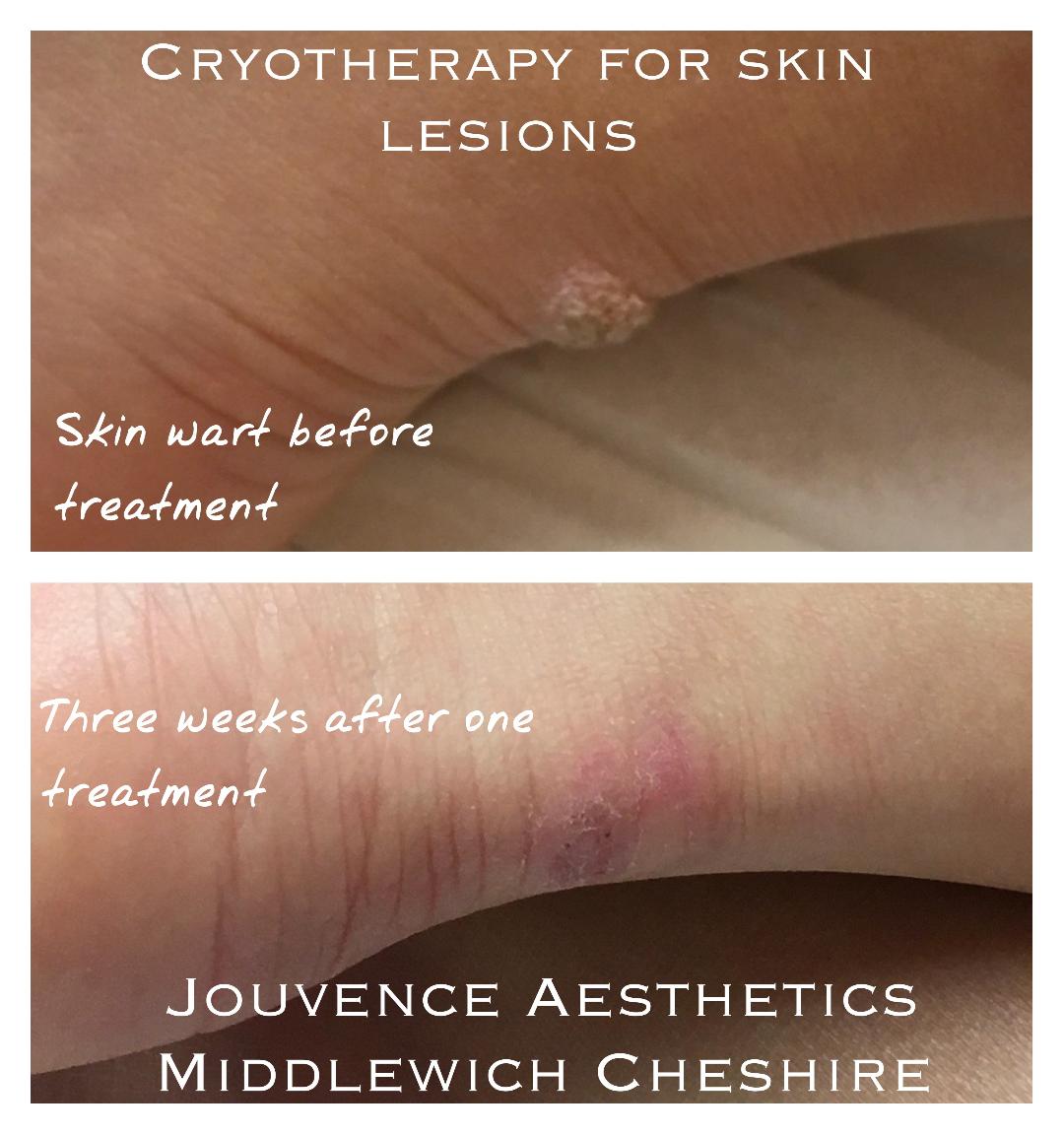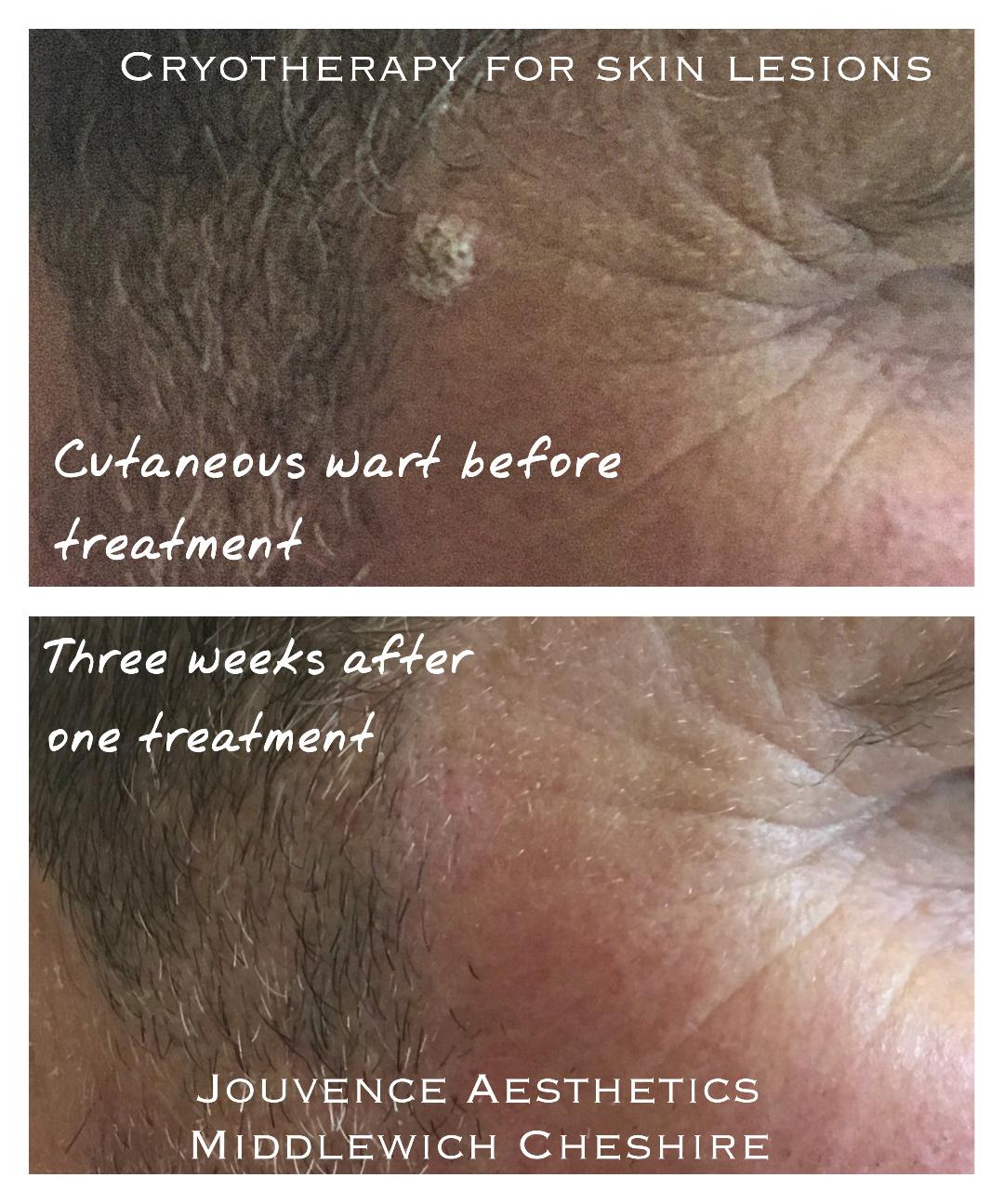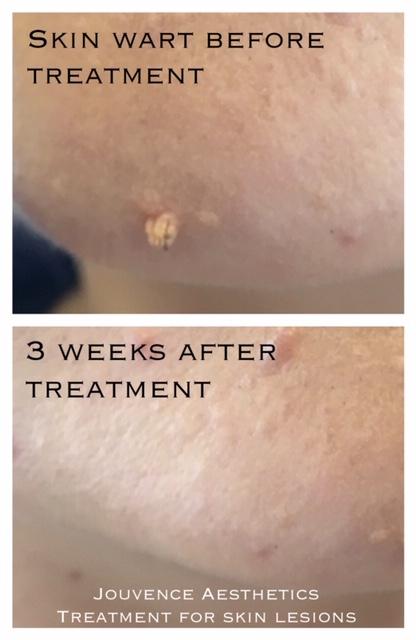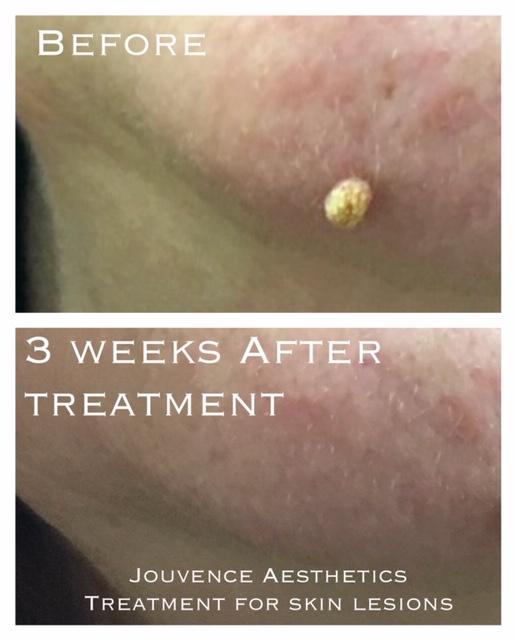Aesthetic Nurse Moira, Dr Kathryn Hazlehurst and Dr Kyra Drinnan perform Wart Removal at Cheshire Lasers.
What are Warts?
Warts are small, rough lumps that often develop on the skin. They are common on the hands and feet but can occur anywhere on the skin.
Warts vary in appearance depending on where they are on the body and how thick the skin is. They can develop in isolation or in clusters and are non-cancerous.
Some warts are more likely to affect particular areas of the body. For example, verrucas are warts that usually develop on the soles of the feet.
Most people will have warts at some point in their life. They tend to affect children and teenagers more than adults.
What causes Warts?
Warts are caused by an infection with the human papilloma virus (HPV). HPV is a family of viruses that affect the skin and moist membranes (mucosa) that line the body.
The virus is present in the skin cells of a wart. It causes an excess amount of keratin, a hard protein, to develop in the top skin layer. The extra keratin produces the rough, hard texture of a wart.
There are more than 100 different strains of HPV. Different strains are responsible for different types of warts.
Spreading the Virus
HPV is passed through close skin-to-skin contact. It can also be transmitted by indirect contact – for example, from contaminated objects, such as towels, shoes, areas surrounding swimming pools, or surfaces and floors of communal changing areas.
Warts can be contagious for as long as they are present on your body. The virus is more likely to spread if the skin is wet, soft or has been in contact with a rough surface.
Warts can also be spread to other parts of your own body. You can spread the virus if you:
- scratch, knock or bite a wart
- bite your nails or suck your fingers (if they have warts on them)
- shave your face or legs
This can cause the wart to break up and bleed, making it easier for the virus to spread. You are particularly vulnerable if you have scratches or cuts on the soles of your feet.
Are Warts Contagious?
Warts are very contagious, and close skin-to-skin contact can pass on the infection.
The infection can also be transmitted indirectly from contaminated objects or surfaces, such as the area surrounding a swimming pool.
After becoming infected, it can take weeks or even months for a wart or verruca to appear.
Treating Warts
Most warts are harmless and clear up without treatment. The length of time it takes a wart to disappear will vary from person to person. It may take up to two years for the viral infection to leave your system and for the wart to disappear.
You might decide to treat your wart if it is painful, or in an area that is causing discomfort or embarrassment.
Common methods of treatment include:
- salicylic acid treatments applied daily (available from the pharmacist)
- cryotherapy (freezing the skin cells)
- chemical treatments
Surgery is not usually recommended for warts.
Treatments for warts are not completely effective because they only remove the wart and not the HPV infection. Warts will often return following treatment due to the virus still being present.
The wart will only fully go when the infected person’s immune system realises it is being invaded by the HPV strain and produces antibodies against that particular strain.
Treating Warts with Cryotherapy
At Cheshire Lasers Moira often uses cryotherapy for wart removal.
Cryotherapy is is a quick affective way of improving the cosmetic appearance of warts. During cryotherapy an ice cold gas is sprayed onto your wart to freeze and destroy the affected skin cells. After treatment, a blister may form, followed by a scab, the skin treated generally falls off 7-10 days later.
Cryotherapy usually takes a few minutes and it can be painful for a few seconds. A feezing cold gas is sprayed directly onto the wart for 2 or 3 cycles during each treatment session.
Large warts sometimes need to be frozen several times, 2 to 3 weeks apart, before they improve.
Cryotherapy may be used for most areas of the body, including the face.
We do not recommend Cryotherapy to treat young children because they may find the treatment too painful. It may also be difficult for them to stay in the same position while having the treatment.
Possible side effects of cryotherapy include:
- pain and blistering
- your skin may become darker (hyperpigmentation) or lighter (hypopigmentation), particularly if you have black skin
- your nails may change in shape or structure if cryotherapy is used to treat warts under the nails
Prices for Cryotherapy
Aesthetic Nurse Moira, Dr Kathryn Hazlehurst and Dr Kyra Drinnan perform most wart removal treatments using cryotherapy at Cheshire Lasers. Sometimes they use electrocautery to cauterise the lesion using a fine electrical cutting tip.
View Moira’s prices for Wart Removal at Cheshire Lasers here.
Dr Hazlehurst’s prices for wart removal are here.
Dr Kyra’s Prices for Wart Removal are here.
View some of Moira’s patients before and after Wart treatment here:
Tags: wart removal Cheshire

